Ubiquiti PowerBeam M5 400 (PBE-M5-400): The Complete Guide
Overview and Introduction
The Ubiquiti PowerBeam M5 400 (PBE-M5-400) is a high-performance, carrier-class airMax ac radio system designed for Point-to-Point (PtP) and Point-to-MultiPoint (PtMP) connections. Part of Ubiquiti’s renowned PowerBeam series, it is engineered for durability, ease of installation, and exceptional throughput, making it a top choice for Wireless Internet Service Providers (WISPs) and network professionals.
Its key differentiator is the integrated, high-gain dish antenna housed within a distinctive, aerodynamic radome. This design minimizes wind load and protects the components from the elements, ensuring stable, long-range connections.
Key Features at a Glance
-
High Gain & Range: Integrated 25 dBi dish antenna for links up to 30+ km.
-
airMax ac Technology: Efficient TDMA protocol for improved latency and capacity in PtMP.
-
Excellent Throughput: Capable of 150+ Mbps real TCP/IP throughput.
-
Rugged, Integrated Design: All-weather radome protects the radio and antenna.
-
Easy Assembly & Alignment: Built-in alignment tool (AirPrism) for quick setup.
-
Cost-Effective: Professional performance at an affordable price point.
Full Technical Specifications
| Category | Specification |
|---|---|
| Model | PBE-M5-400 |
| Networking Interface | (1) 10/100/1000 Ethernet Port |
| Wireless Technology | airMax ac (2×2 MIMO) |
| Frequency Band | 5 GHz |
| Max. Power Consumption | 8W |
| Power Supply | 24V, 0.5A Gigabit PoE Adapter (Included) |
| Power Method | Passive Power over Ethernet (PoE) |
| Integrated Antenna | 25 dBi Dish |
| Beamwidth | 7° |
| Max. TX Power | 25 dBm |
| Processor | MIPS 74Kc, 560 MHz |
| Memory | 64 MB DDR2 |
| Mounting | Includes Piston GP Mount for Pole (Diameter: 32-50 mm) |
| Weight | 1.36 kg |
| Dimensions | 400 x 185 x 95 mm |
| Operating Temperature | -40°C to 80°C |
| Operating Humidity | 5% to 95% Condensing |
| Wind Survival | 200 km/h |
| Ingress Protection | IP67 |
Performance and Real-World Use
What is the PowerBeam M5 400 Used For?
-
Wireless Backhaul: Connecting remote towers or buildings to a central network hub.
-
WISP Customer Premises Equipment (CPE): Providing high-speed internet to subscribers in PtMP setups.
-
Point-to-Point Bridges: Creating a dedicated, high-bandwidth link between two locations (e.g., connecting two office buildings).
-
Video Surveillance: Transmitting high-quality video feeds from remote cameras.
Throughput and Range
-
Throughput: In ideal conditions, the PBE-M5-400 can achieve 150-200+ Mbps of real user data throughput.
-
Range: Officially rated for 30km+, but successful links have been established at even greater distances with clear line-of-sight.
Crucial Note: Actual performance is highly dependent on environmental factors. Clear Line-of-Sight (LoS) is absolutely mandatory for optimal performance and stability. Obstacles like trees or buildings will severely degrade the signal.
Setup and Installation Guide
What’s in the Box?
-
PowerBeam M5 400 Unit
-
Piston GP Mount
-
Gigabit PoE Injector
-
Quick Start Guide
-
Mounting Hardware
Step-by-Step Process:
-
Mounting: Attach the Piston GP Mount to a stable pole (e.g., a mast or chimney). Ensure it is secure and level.
-
Connect Cables: Use a high-quality, outdoor-rated Ethernet cable. Connect the cable from the PoE Injector’s POE port to the device’s Ethernet port. Connect the LAN port on the injector to your computer or switch.
-
Power On: Plug the PoE Injector into a power outlet. The device will boot up.
-
Find and Configure:
-
Set your computer’s IP address to
192.168.1.10(or use DHCP if enabled). -
Open a web browser and go to
http://192.168.1.20. -
The airOS configuration interface will load.
-
-
Align the Antenna (Critical Step):
-
In the airOS interface, navigate to the Main tab > Align section.
-
Use the built-in AirPrism spectral analyzer and signal strength meter.
-
Slowly adjust the azimuth (left-right) and elevation (up-down) of the device while monitoring the signal strength (RSSI). Aim for the highest possible signal (closest to 0, e.g., -45 dBm is better than -65 dBm).
-
Tighten all bolts securely once optimal alignment is achieved.
-
-
Configure Wireless Settings: Set the device mode (Station for client, Access Point for base station), select the correct SSID, and set security (WPA2-AES is recommended).
Conclusion:
The Ubiquiti PowerBeam M5 400 remains a robust and highly reliable workhorse in the wireless networking world. Its integrated high-gain dish, weatherproof design, and powerful airMax ac performance make it an outstanding solution for anyone needing a stable, long-distance wireless bridge. While newer models exist, the PBE-M5-400 continues to offer exceptional value and performance for its price.

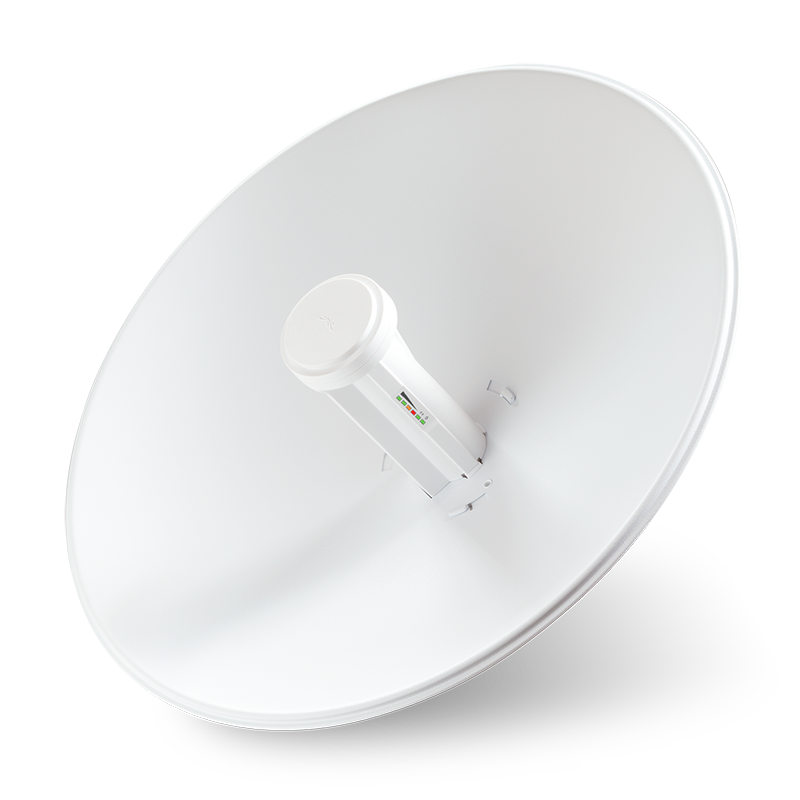
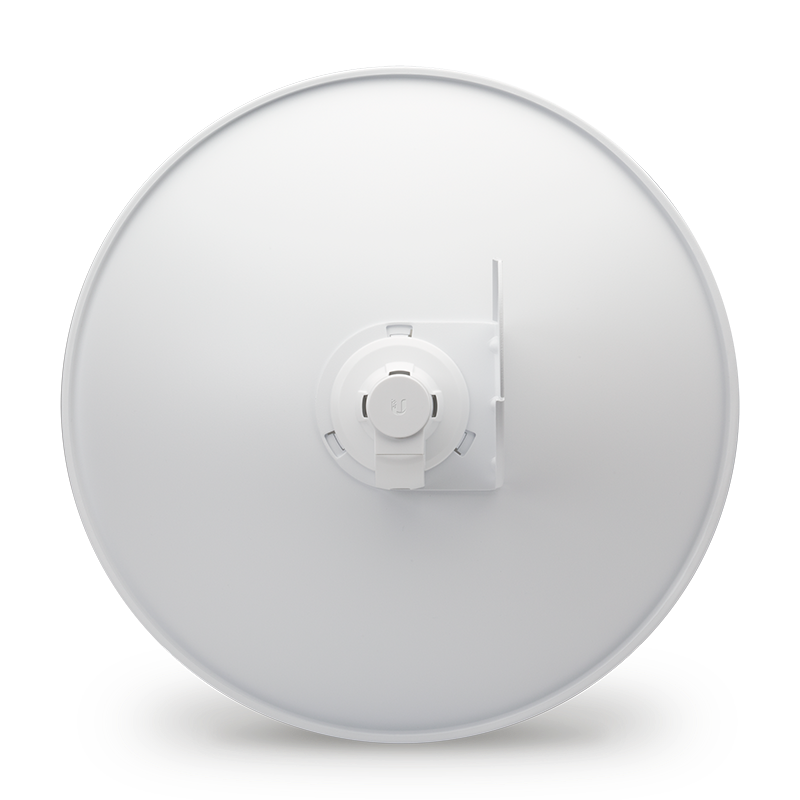
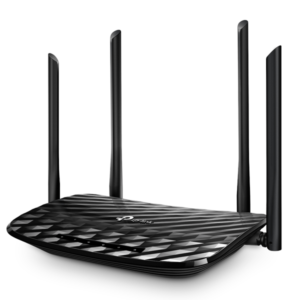
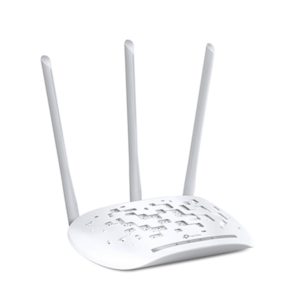
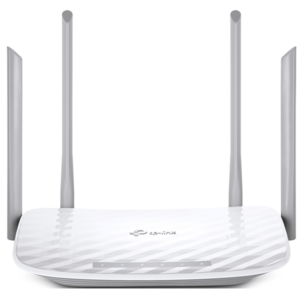
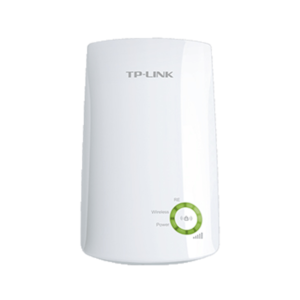
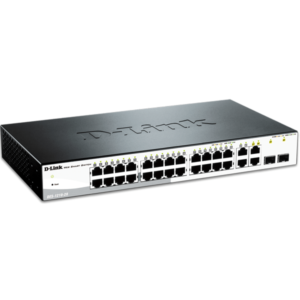
 No products in the cart.
No products in the cart. 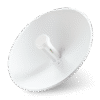
Reviews
There are no reviews yet.